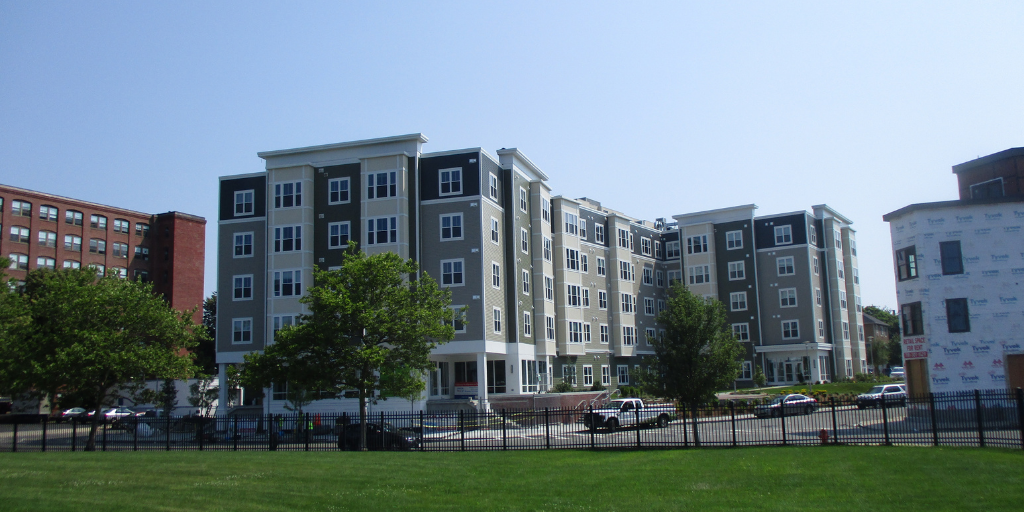The 2020 Census shows Gateway Cities are on a roll, but do we know what’s really behind the population increase?
Among the many vital signs of city success, population growth is the most fundamental. Census 2020 suggests Gateways Cities are doing staggeringly well. This news comes as somewhat of a surprise, which raises questions about how we interpret the trend.
According to the 2020 Census count, the state’s 26 Gateway Cities grew by nearly 9 percent between 2010 and 2020. This is a dramatically higher growth rate than the meager 2.5 percent increase for this same period that we see in the bureau’s annual population estimates, which rely on a variety of administrative records to predict change between decennial Census counts.
Perhaps this discrepancy was driven by the pandemic. There are reasons to believe the COVID downturn could produce population gains in Gateway Cities: Workers who suffered a reduction in income may have moved to areas with lower rents. Students and young adults from low- to moderate-income families might be more likely than those from more affluent families to move home and economize while they wait the pandemic out.
These forces may explain some of the large differences between the Census count and the annual estimates. Gateway Cities did in fact see a significant rise in occupancy rates, and the most recent data from the American Community Survey suggested occupancy rates were falling before the pandemic.
However, migration to Gateway Cities doesn’t tell the full story because Census 2020 shows a 6 percent increase in the inventory of housing units from 2010. The American Community Survey had no increase in housing units between the 2010 Census and the 2015-2019 five-year estimate. At the average household size, these new units could accommodate about 80 percent of the net population gain between 2010 and 2020.
So where did these additional 47,000 units come from? It could be that there was a lot of new construction and cities were slow to report these units to Census. But it’s also possible that this Census captured units (and their occupants) that had been there all along.
UMass Donahue Institute’s Population Estimates Program and the Secretary of the Commonwealth’s Office teamed up to lead an unprecedented effort to update address lists through the Census Bureau’s Local Update of Census Addresses Operation (LUCA) program. Beginning in 2016, they started reviewing statewide address inventories, combining information from the MassGIS E911 database, improved assessors’ parcel data, and de-personalized address data from the State Voter Address list. These lists were distributed to cities to assist them in the official review process with the Census Bureau.
As leaders on Beacon Hill examine the Governor’s proposal to invest $1 billion from the federal recovery funds in housing, we need to know more about these 47,000 housing units. How many actually came from new construction? When and where were these new homes produced?
The answer to these questions is central to structuring housing policy. It could be that market conditions are truly strengthening and state investment can harness this momentum to spur further infill and growth. On the other hand, these data could be deceptive, and policymakers should focus on protecting Gateway City housing markets from the very real risks posed by the expiration of the eviction moratorium and expanded unemployment benefits. It is also possible, and indeed quite likely, that Gateway Cities are seeing strength in some neighborhoods and market segments, while others continue to present very real concerns. Whatever the case may be, it is imperative to better understand recent growth trends and develop clear-eyed strategy in response.
